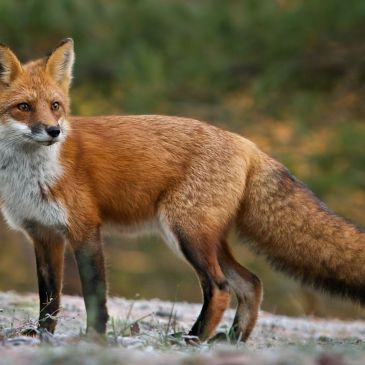DOG
The domestic dog (Canis lupus familiaris when considered a subspecies of the wolf or Canis familiaris when considered a distinct species)is a member of the genus Canis (canines), which forms part of the wolf-like canids, and is the most widely abundant terrestrial carnivore. mThe dog and the extant gray wolf are sister taxa as modern wolves are not closely related to the wolves that were first domesticated, which implies that the direct ancestor of … More DOG




You must be logged in to post a comment.